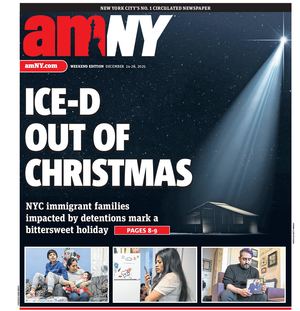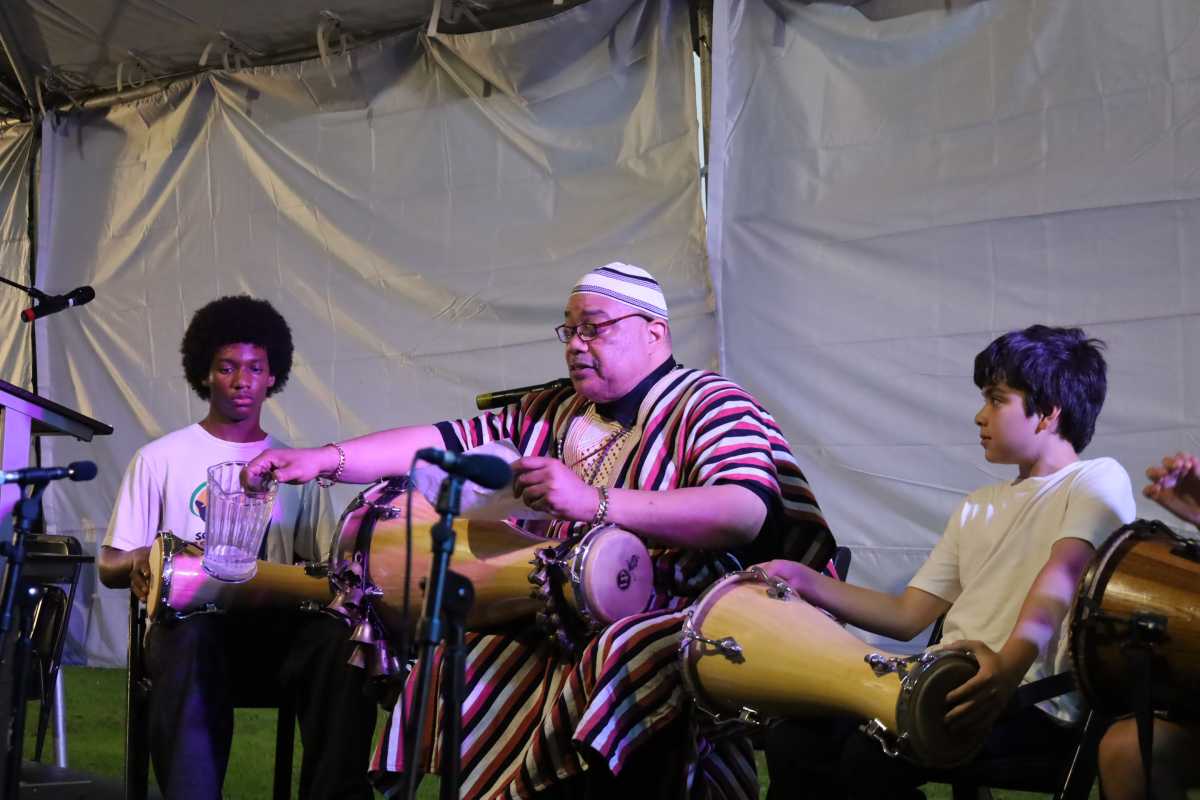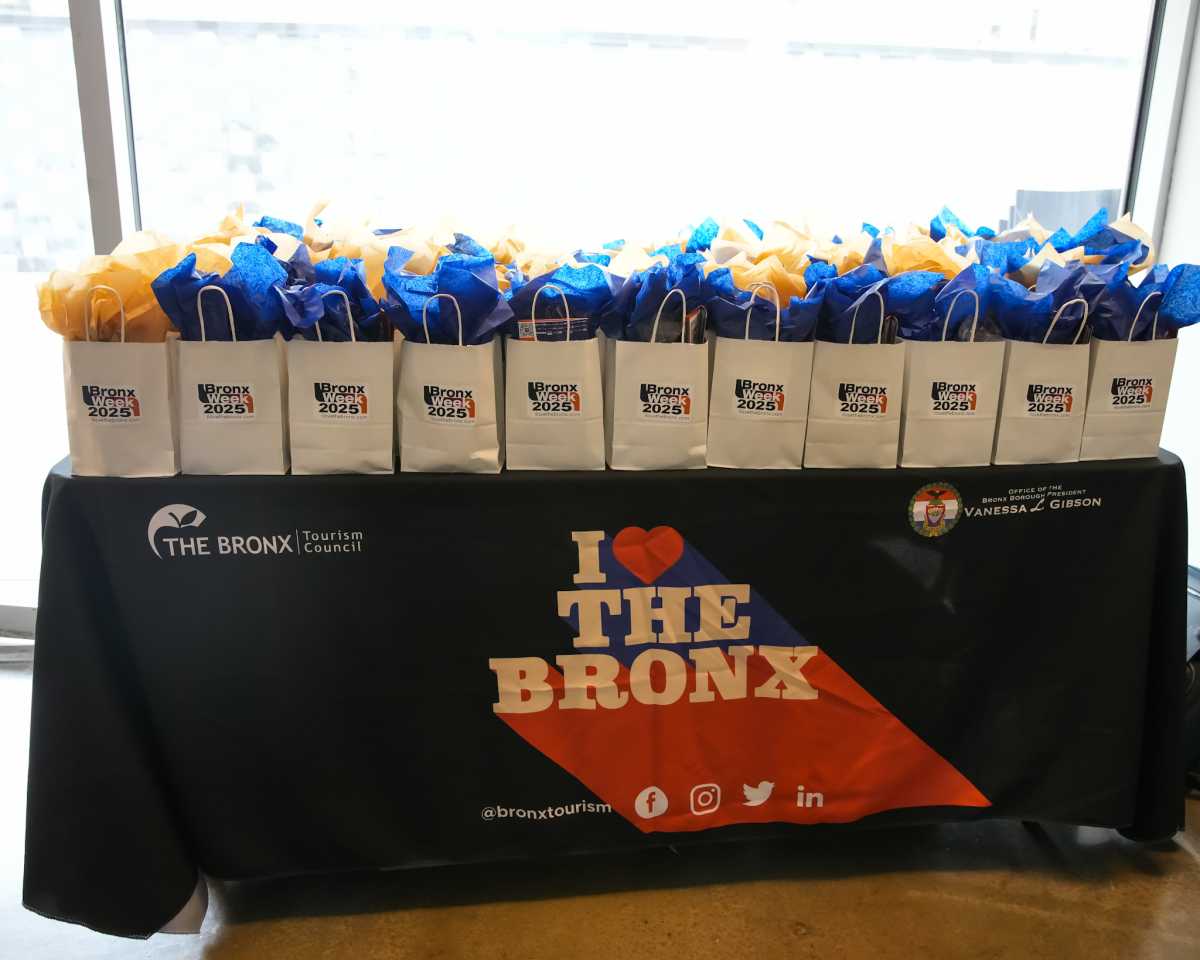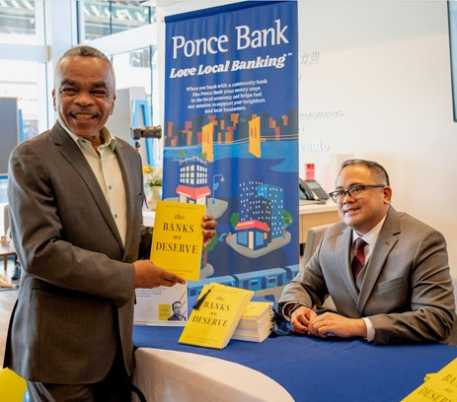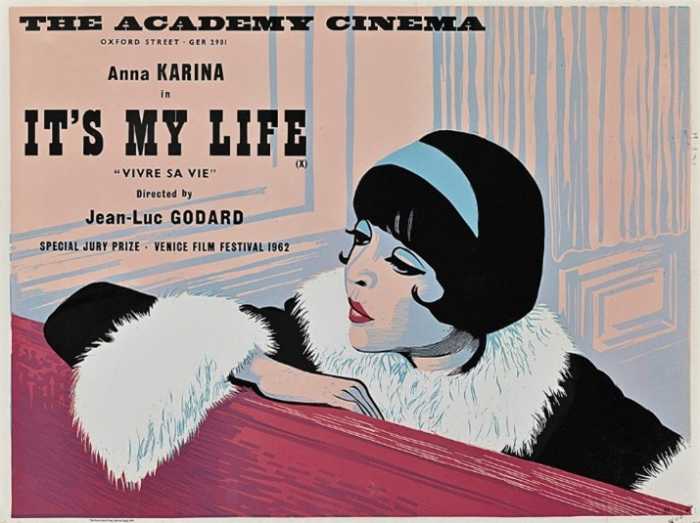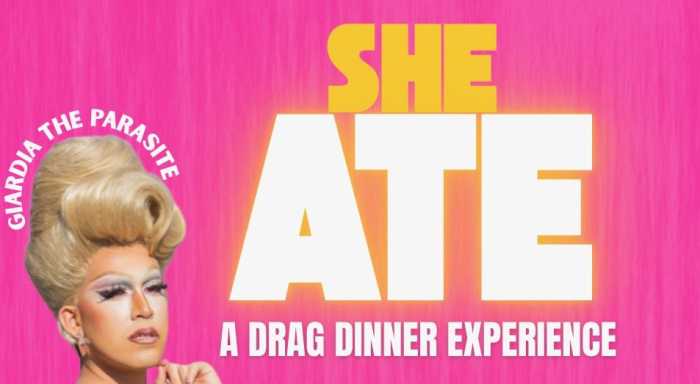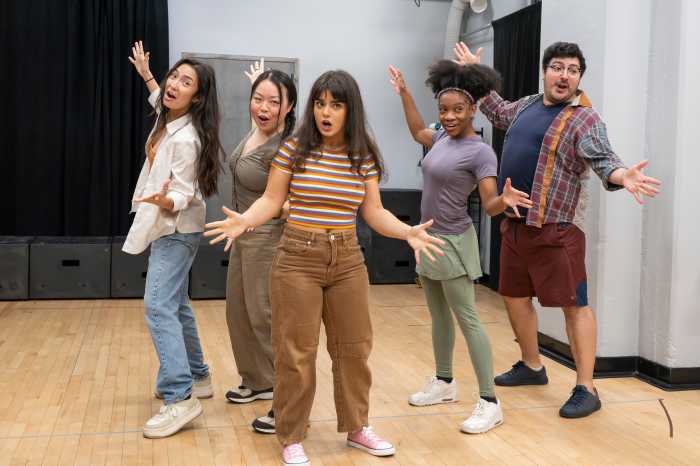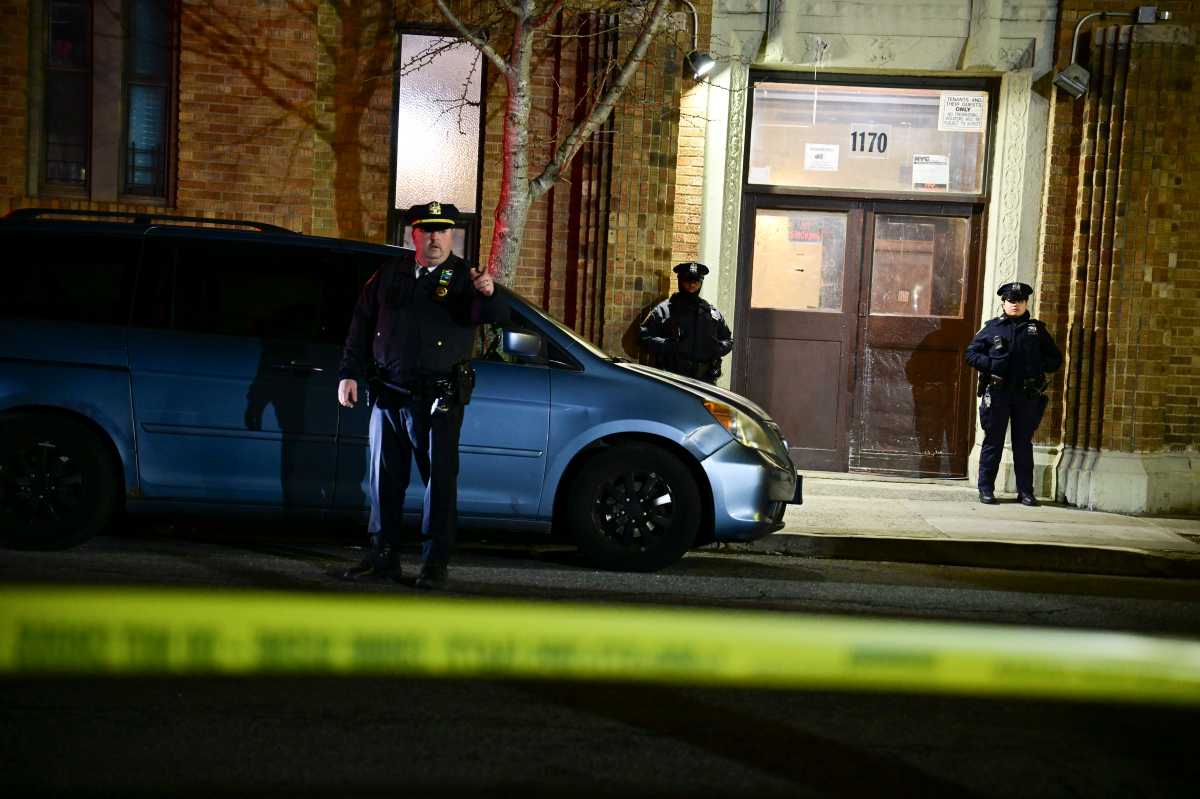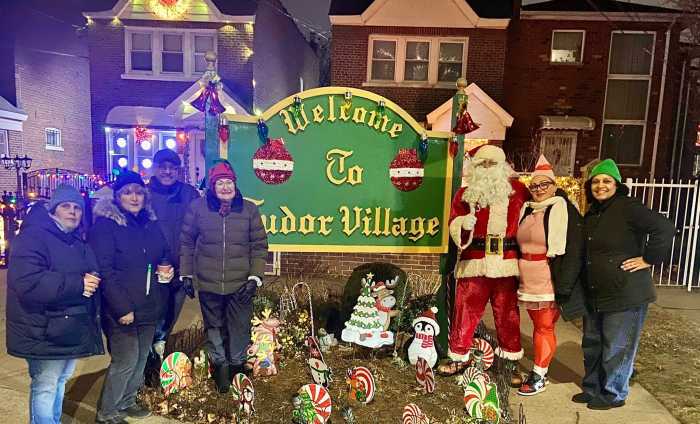Harlem Week has been celebrating the community’s great culture for more than five decades now, but this year’s festivities will pay special homage to giants in the neighborhood, several of whom have passed on in recent months.
Fresh from celebrating its 50th anniversary last year, Harlem Week (harlemweek.com) this year is slated through Aug. 17, honoring Harlem’s history and creativity, including commemorations of prominent African Americans
The free celebration, organized by the Greater Harlem Chamber of Commerce, includes about 100 events from St. Nicholas Park to the Schomburg Center for Research in Black Culture and 135th St., as well as restaurants, nightclubs, and street festivals across central, east and west Harlem.
But the celebrations figure to be a little bittersweet this year, as Harlem Week 2025 is the first one without two political and civil rights icons whom neighborhood residents long looked up to: Charles Rangel, who represented Harlem on Capitol Hill for 46 years, and Dr. Hazel Dukes, long-time president of the NAACP New York State Conference. Both died earlier this year.
The community also marks what would have been the 100th birthday of Malcolm X, the renowned civil rights leader of the 1960s; and singer and activist Harry Belafonte, who will be memorialized in a street renaming later this month.
“Harlem Week stretches across the entire community,” Harlem Week Vice Chairman Marko Nobles said. “We honor and salute people because of what they meant to Harlem, Harlem Week, and the world at large.”
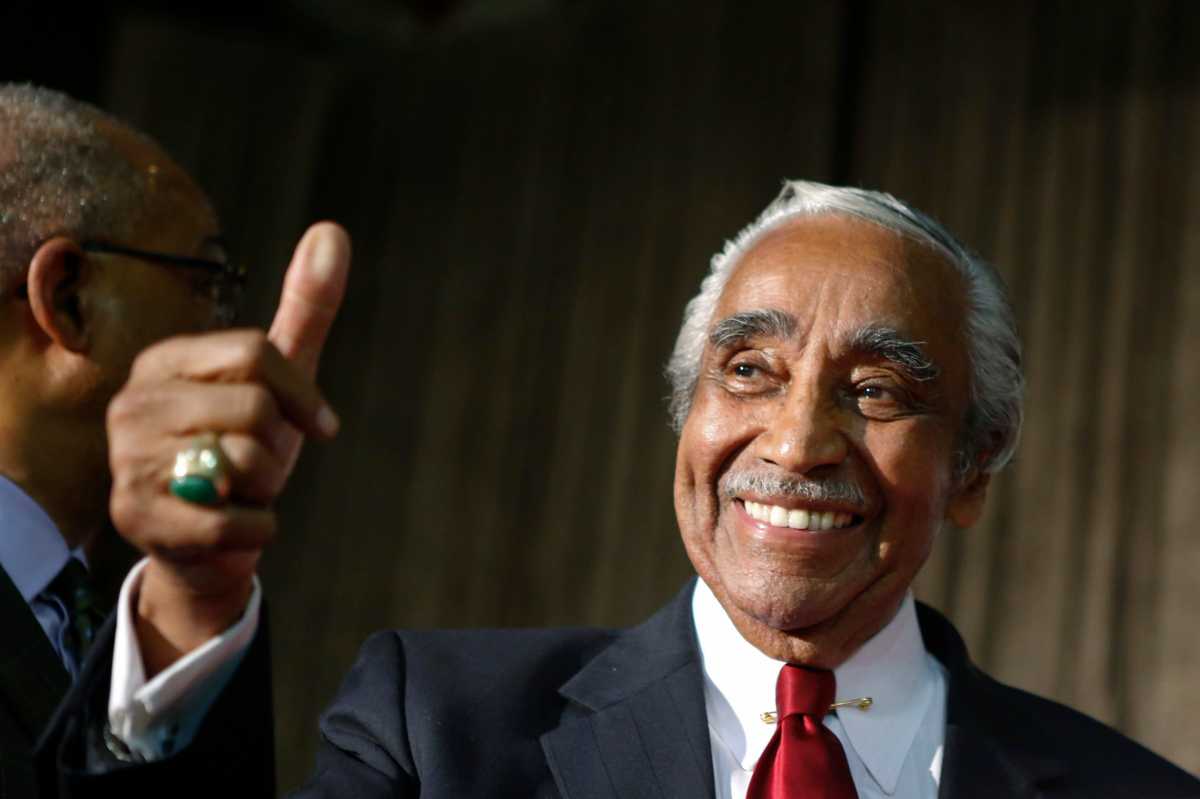
Harlem Week launched in 1974, when New York City faced financial problems as then Manhattan Borough President the Hon. Percy Sutton sought to celebrate Harlem.
Prominent African Americans such as Maya Angelou, James Baldwin, Harry Belafonte, Ornette Coleman, Ossie Davis, Ruby Dee, Lloyd E. Dickens, David Dinkins, Basil Paterson, Tito Puente, Charles Rangel, Max Roach, Vivian Robinson, “Sugar Ray” Robinson, and Hope R. Stevens all co-founded what they sought to fashion into a second Harlem renaissance.
“Harlem Week was part of the revitalization,” Nobles said. “We saw the revitalization of 125th Street, led by the reopening of the Apollo Theater and more restaurants. Frederick Douglass Boulevard became a restaurant row.”
Harlem Week went from one day in 1974, on the third Sunday of August, to a weekend, then five days, a week, two weeks and even six weeks to “celebrate the greatness of Harlem.”
“This year is different, because it leads into a new era, if that’s the right word, a new chapter. We celebrated our 50th anniversary last year,” Nobles said of the festival commemorating the past and looking toward the future. “This year we look to take the step into the next 50 years.”
The Schomburg Center, in addition to providing a venue for numerous events, is being honored.
“The Schomburg Center is our repository of history for people of color, African American and Hispanic, particularly in Harlem, but around the world,” Nobles continued. “Before there was a National Museum of African American History and Culture, there was Schomburg.”
Nobles said its location in the heart of Harlem makes it significant to the community and country.
“The fact that it is in central Harlem is important,” Nobles said, noting they are holding a spelling bee and other events there. “A hundred years of the Schomburg Center is important.”
Rangel, a resident of Lenox Terrace known as the “lion of Lenox Avenue,” became a perpetual presence in Congress and Harlem for decades.
“Congressman Rangel was a war hero. He created legislation that still stands up today, whether its Upper Manhattan Empowerment Zones, or looking at trade for different countries,” Nobles said. “He’s been so important to the world in his role as a congressman and specifically in Harlem.”
Malcolm X Boulevard, a ceremonial name for Lenox Avenue, is a main Harlem thoroughfare and memorial. He is being celebrated on stage and with events at the Schomburg Center.
“Malcolm X is remembered as a hero in Harlem. Harlem was his base,” Nobles added. “He is remembered as one who spoke truth to power, inspired many and saved many lives. He was an educator for many as well.”

Belafonte, who passed away just before Harlem Week last year, was honored at Harlem Week last year and is being honored again this year.
“Harry Belafonte lived in Harlem for many years. Much of his early career was based in Harlem,” said Nobles, who noted that Belafonte also a mentor for the Impact Repertory Theater in Harlem. “Harry Belafonte was very close to Harlem week and the Greater Harlem Chamber of Commerce.”
This year’s 17-day Harlem Week is the biggest such festival since the pandemic, when in-person events went virtual.
“When the pandemic happened, we did Harlem Week only virtually as an eight-day festival. We’ve grown a little bit,” Nobles said. “It’s important for us to showcase as much of Harlem as we can.”
The festival has a wide range of sponsors who make it possible to offer events free to the public.
“We’re grateful that we have a number of sponsors that understand the totality of what Harlem Week represents,” Nobles said.
